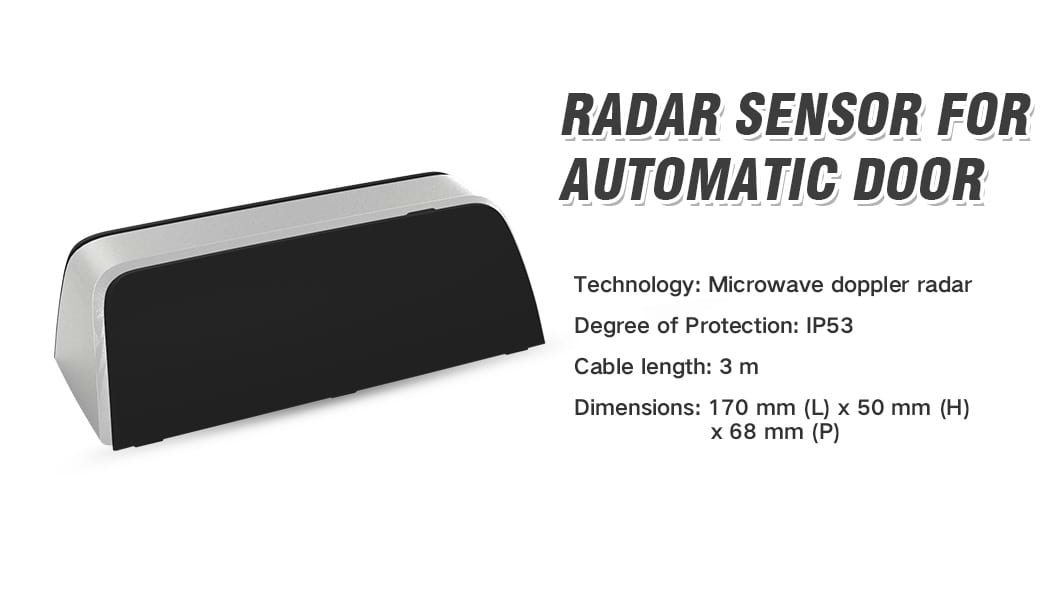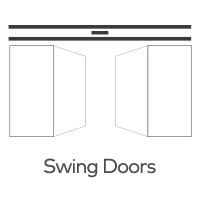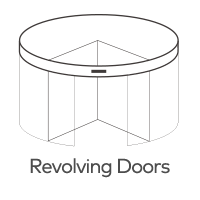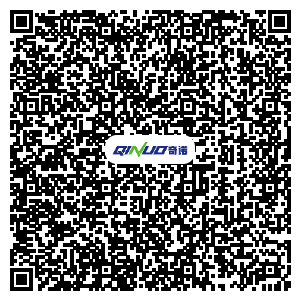Do these sensors provide any data or analytics related to door usage and traffic flow?
In our increasingly connected world, even the humble door has become smarter. Smart sensors, often incorporated into automatic doors, have evolved to do more than just detect movement; they now provide valuable data and analytics related to door usage and traffic flow. In this article, we will explore the capabilities of these sensors and how they can be harnessed to optimize building operations, enhance security, and improve user experiences.

Smart Sensors in Modern Doors
Modern doors, especially automatic ones, are equipped with an array of sensors that go beyond their traditional roles. These sensors can include:
1. Motion Sensors: These detect movement in the proximity of the door and trigger its opening or closing.
2. Proximity Sensors: These determine the distance of objects or people from the door, allowing for precise control of the door's operation.
3. Infrared Sensors: Infrared sensors emit and receive infrared signals, which are used to detect the presence of objects or people in the door's path.
4. RFID Sensors: Radio-Frequency Identification (RFID) sensors can identify and log data related to RFID-enabled access cards or key fobs used for entry.
5. Camera and Image Sensors: Some advanced doors are equipped with cameras and image sensors, which capture images and video footage to analyze user behavior and traffic flow.
Door Usage Data
Smart sensors collect a wealth of data related to door usage, including:
1. Frequency and Timing: Sensors record the frequency of door activations and the times when the door is most frequently used. This data can help building managers determine peak usage periods.
2. Traffic Patterns: Through the data collected, it's possible to identify traffic patterns. For example, are there certain days or times when foot traffic is heaviest? This insight can inform operational decisions.
3. Dwell Times: Sensors can monitor how long people remain in the proximity of the door, which can be essential for optimizing security and energy efficiency.
4. User Count: Some sensors can count the number of users passing through the door, offering insights into occupancy and building capacity.
Analytics for Building Optimization
The data collected by smart sensors can be leveraged to optimize building operations and enhance user experiences in several ways:
1. Energy Efficiency: Understanding traffic patterns allows for better control of heating, cooling, and lighting systems. For example, doors can be set to open only when needed, reducing energy consumption.
2. Occupancy Management: In environments like retail stores, airports, or event venues, door usage data helps manage occupancy levels to ensure compliance with safety regulations and improve user experience.
3. Security Enhancements: Analytics can be used to identify unusual patterns of behavior or unauthorized access. For example, a sudden influx of users at unusual hours could indicate a security concern.
4. Maintenance and Service: Data on the frequency and type of door usage can inform maintenance schedules, ensuring that doors are serviced when they are most likely to experience wear and tear.
5. User Experience: Insights from data can be used to improve user experiences by streamlining entry and exit processes.
Conclusion
Smart sensors in doors are not just about automation and convenience; they are a source of valuable data and analytics that can be harnessed to optimize building operations and enhance security and user experiences. By leveraging the insights provided by these sensors, businesses and organizations can make informed decisions to improve energy efficiency, security, and overall operational efficiency. As the Internet of Things (IoT) continues to grow, the role of smart sensors in our daily lives will become increasingly vital.







